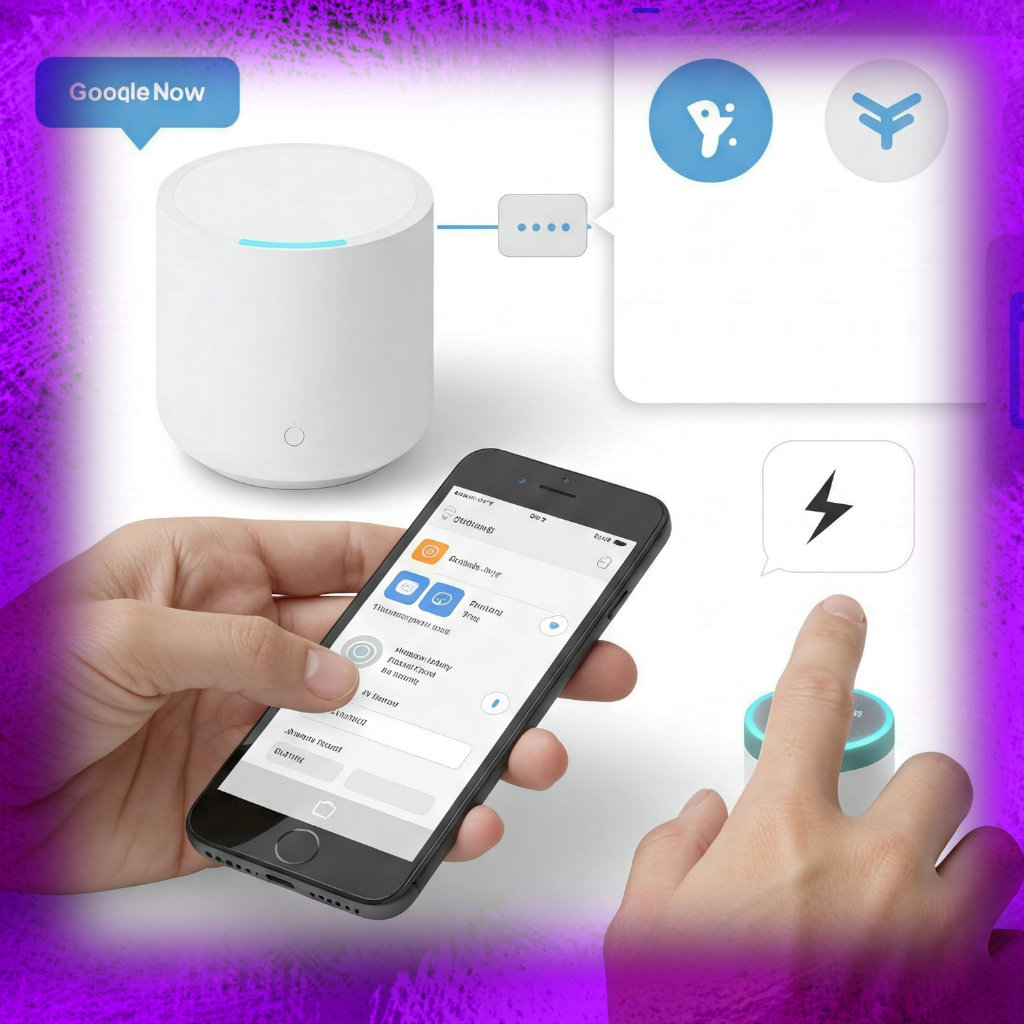Voice assistants like Alexa, Siri, and Google Now have become indispensable in modern households. Yet, despite their sophistication, these AI helpers often suffer from glitches—unresponsive commands, misunderstood requests, or connectivity woes. This guide dissects the most common issues and delivers actionable solutions to restore seamless functionality.
General Troubleshooting Principles
Stable Internet: The Lifeline of Voice Assistants
A weak or unstable Wi-Fi connection remains the primary culprit behind most malfunctions. Verify signal strength using your router’s admin panel or a network analyzer app. For optimal performance, maintain at least 5 Mbps bandwidth for uninterrupted processing.
Device Compatibility Checks
Not all smart home devices integrate flawlessly with every assistant. Cross-reference manufacturer specifications before purchasing. Outdated firmware often causes incompatibility—ensure all devices run the latest updates.
Software and Firmware Updates
Voice assistants receive frequent backend improvements. Enable automatic updates or manually check for patches via companion apps (Alexa App, iOS Settings, or Google Home).
Alexa-Specific Issues & Fixes
Alexa Not Responding to Voice Commands
Reboot the Echo device by unplugging it for 30 seconds. If unresponsive, inspect the microphone button—it may be muted. Verify the wake word hasn’t been accidentally changed in settings.
Echo Device Not Connecting to Wi-Fi
Reset network configurations by holding the Action button until the light turns orange. Reconnect via the Alexa App, ensuring the correct frequency band (2.4 GHz vs. 5 GHz) is selected.
Alexa Misunderstanding Commands
Background noise or regional accents can distort input. Retrain Alexa’s voice model under Settings > Voice Profile. Enunciate clearly during the setup process.
Skills Malfunctioning
Disable and re-enable the problematic skill. If issues persist, contact the skill developer—some require separate account logins or API permissions.
Random Audio Playback
False activations may occur due to similar-sounding phrases. Review voice history in the Alexa App to identify triggers. Adjust sensitivity or relocate the device away from high-traffic areas.
Siri-Specific Issues & Fixes
“Hey Siri” Not Activating
Navigate to Settings > Siri & Search and toggle “Listen for ‘Hey Siri’” off and on. Retrain the voice model by repeating setup phrases in a quiet environment.
Siri Misinterpreting Requests
Ambient noise or rapid speech often confuses Siri. Slow down pronunciation and minimize background chatter. For complex commands, use typed input via Settings > Accessibility > Siri.
Siri Unavailable on iOS Devices
Check Screen Time > Content & Privacy Restrictions—Siri may be disabled. A hard reset (volume up, volume down, then hold power) often resolves deeper OS glitches.
HomeKit Control Failures
Ensure all smart devices are assigned to the correct home in the Home App. Reset HomeKit hubs (Apple TV, HomePod) if commands lag or fail.
Slow Siri Responses
Server-side latency is common during peak hours. Switch to a faster DNS (like Google’s 8.8.8.8) under Wi-Fi settings.
Google Now/Assistant Issues & Fixes
“Hey Google” Ignoring You
Re-calibrate the microphone array by saying, “Hey Google, calibrate my assistant.” Ensure no other devices are hijacking the command.
Mispronounced Words
Submit corrections via the Google Home App under Assistant Settings > Pronunciation. Phonetic spellings help refine accuracy.
Wi-Fi Dropouts on Google Home
Power cycle the router and Google Home. If using mesh networks, assign static IPs to prevent conflicts.
Routines Not Triggering
Review command syntax—Google Assistant relies on exact phrasing. Test individual steps to isolate the faulty action.
Smart Home Device Unresponsiveness
Unlink and relink the device in the Google Home App. For Zigbee or Z-Wave gadgets, ensure the hub is within range.
Microphone & Audio Problems
Poor Voice Pickup
Dust accumulation on microphone ports degrades sensitivity. Use compressed air to clean openings gently.
Background Noise Interference
Position devices away from TVs, fans, or air conditioners. Enable noise suppression features if available (e.g., Alexa’s Adaptive Listening).
Distorted Responses
Audio hardware failures may require replacement. Test with Bluetooth speakers to confirm the issue lies with the assistant’s built-in output.
Smart Home Integration Failures
Devices Not Responding
Check power sources and firmware. Voice assistants occasionally lose sync—re-establish connections via their respective apps.
Incorrect Device Recognition
Assign distinct names to each gadget (e.g., “Kitchen Light Left” vs. “Kitchen Light Right”). Overly generic labels cause confusion.
Command Delays
Network congestion is likely. Prioritize IoT traffic via QoS settings on your router.
Privacy & Security Fixes
Unwanted Recordings
Delete voice history periodically. Disable “human review” of recordings in privacy settings to limit data retention.
Unauthorized Access
Enable voice match authentication (Google) or a voice PIN (Alexa) for sensitive requests like shopping.
Optimizing Performance
Retraining Voice Models
All assistants allow voice recalibration—use this feature every six months to adapt to speech pattern changes.
Adjusting Sensitivity
Lower sensitivity in noisy environments to reduce false wakes. Increase it in quiet spaces for better pickup.
Factory Reset as Last Resort
When to Reset
Persistent crashes, unresponsive hardware, or failed updates necessitate a full reset.
Reset Instructions
- Alexa: Hold the Action button for 25 seconds.
- Siri: Erase all settings via iOS Reset menu.
- Google Home: Press the mute button for 15 seconds.
Future-Proofing Your Setup
Regular Firmware Updates
Automate updates where possible. Subscribe to manufacturer newsletters for outage alerts.
Optimal Device Placement
Central locations at ear height (4-5 feet) maximize microphone efficiency. Avoid corners that distort sound.
Conclusion
Voice assistant hiccups are inevitable but rarely insurmountable. Methodical troubleshooting—from network checks to voice retraining—resolves most issues. For persistent failures, hardware replacements or factory resets offer clean slates. Stay proactive with updates, and your digital aides will deliver seamless, frustration-free performance.

